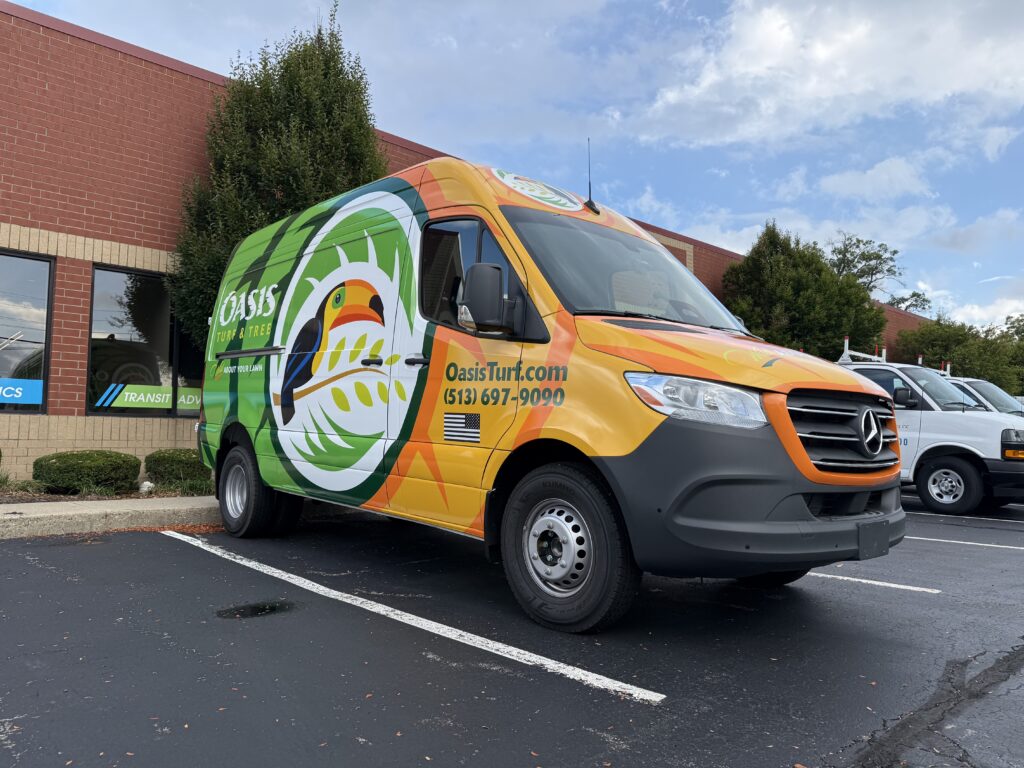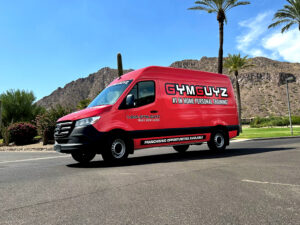Top 5 Mistakes Businesses Make When Choosing a Wrap Provider
Not all wraps, or wrap providers, are created equal. A well-executed wrap can turn your fleet into a powerful mobile advertising tool. A poor installation, wrong material, or vendor without fleet experience can waste thousands and damage your reputation on the road.
In this article, we’ll break down the top 5 mistakes businesses make when choosing a wrap provider — and how to avoid them so your fleet investment pays off.
1. Overlooking Installer Certification
Your wrap is only as good as the people who install it. Even the best vinyl will fail if it’s applied incorrectly. Certified installers, such as those trained and approved by 3M or Avery Dennison, have demonstrated their ability to handle complex curves, vehicle contours, and large-scale fleet projects with precision.
Unfortunately, many businesses select vendors without confirming who’s actually doing the installation. This can lead to premature peeling, bubbling, or visible seams, issues that are costly to fix and reflect poorly on your brand.
What to check:
- Require proof that your installer is certified by recognized manufacturers (for example: 3M, Avery Dennison).
- Ask for the specific installers who’ll handle your vehicles — experience matters.
- Review photos or references of comparable fleet jobs (size, vehicle type, location) to confirm consistency.
2. Choosing Materials That Don’t Meet Fleet Demands
Once you’ve verified installer credentials, the next critical factor is the material itself. Fleet vehicles operate under tough conditions: UV exposure, weather extremes, abrasion, and daily wear. Lower-quality vinyls can fade, crack, or lift within months, costing more to repair or replace.
Premium brands like 3M and Avery Dennison are engineered for long-term outdoor performance, vibrant color retention, and clean removal when it’s time to rewrap. Investing in the right material from the start helps maintain a professional appearance and reduces the total cost of ownership.

What to check:
- Ask which vinyl and laminate brands are being used.
- Confirm the provider backs their materials and labor with a warranty and what might void that warranty (e.g., Improper care or wrapping over existing vinyl)
- Inspect past wrap work for tell-tale imperfections: bubbles, creases, visible original body color, uneven seams.
3. Ignoring the Importance of In-House Design Workflow
A vehicle wrap isn’t just a “logo on a van.” It’s a moving advertisement that must balance branding, legibility, and technical accuracy. Poorly designed wraps, with text that’s too small, colors that don’t contrast, or elements placed over seams, can undermine the entire investment.
Working with a provider that offers in-house design (or closely integrated creative support) ensures better communication between design, print, and installation teams. This alignment results in faster turnaround times, more consistent branding, and fewer errors during production.
What to check:
- Make sure your wrap provider offers in-house design or a tightly coordinated process between design and production.
- Review digital mockups before printing to verify logo placement, text readability, and fit across different vehicle types.
- Request a detailed, itemized quote for design, materials, and installation. Be cautious of vague or unusually low bids — they may indicate shortcuts in materials or workmanship.
4. Failing to Plan for Fleet-Scale Logistics
If your company operates vehicles in multiple regions, logistics and coordination matter as much as design and installation. Shipping every vehicle to a single shop can be expensive and disrupt operations.
Instead, look for a wrap provider capable of managing decentralized fleet coverage, one that can coordinate installations across multiple sites while maintaining consistent quality and color accuracy. Scalable project management ensures your brand looks no matter where the vehicle is.
What to check:
- Ask if the provider has national or regional installation partners and how they maintain quality control.
- Confirm that they track each vehicle’s specifications, color profiles, and design files for future rewraps.
- Review their process for scheduling, communication, and progress tracking to minimize downtime.
5. Underestimating the Value of Proven Experience and Reputation
Every fleet is unique, from vehicle mix and operating conditions to brand standards and deadlines. A provider with extensive fleet experience understands these nuances and can anticipate challenges before they become problems.
Choosing an inexperienced or low-cost provider may seem like a savings at first, but it often leads to higher costs in reprints, repairs, and inconsistent branding. A reputable company will be transparent, responsive, and backed by positive client feedback.
What to check:
- Read online reviews on platforms like Google or Yelp to identify patterns in client feedback.
- Request references from past clients with similar fleet sizes or industries.
- Evaluate their portfolio for quality, attention to detail, and diversity of vehicle types (vans, box trucks, tractors, trailers, etc.).
The Bottom Line
A professional vehicle wrap should look great on day one, and stay that way for years. Choosing the right provider means balancing certified expertise, proven materials, clear communication, and reliable logistics.
Do your research, ask the right questions, and don’t base the decision on price alone. Your fleet is one of your brand’s most visible assets, so treat it with the same care and strategy as any other marketing investment.
For more guidance on selecting the right fleet wrap provider, contact us today for expert tips and resources.



